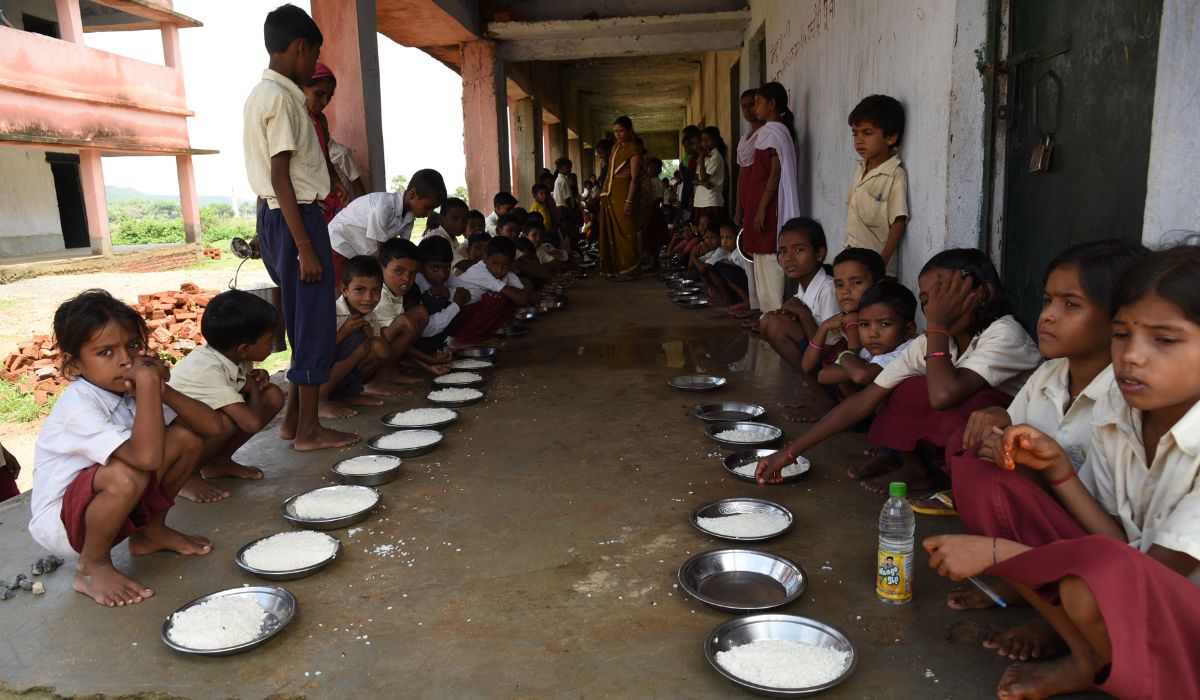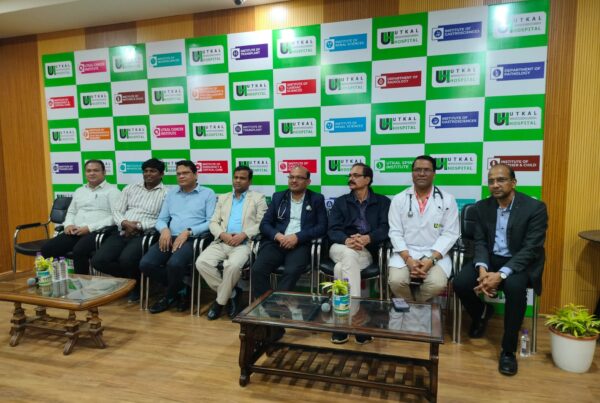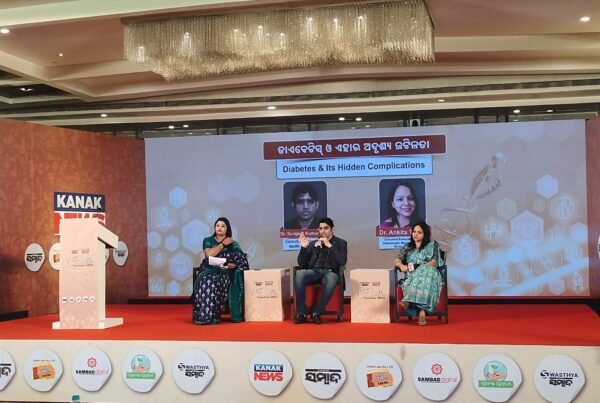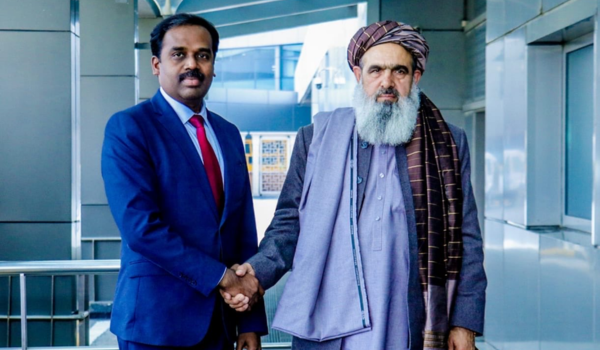India’s approach to addressing hunger and food insecurity, often referred to as its “hunger games,” has seen both significant successes and critical challenges. The strength of India’s efforts depends on various factors, such as government policies, the effectiveness of welfare programs, and the underlying socio-economic conditions. While there have been strides made in alleviating hunger, the issue remains complex and multifaceted.
Strengths of India’s Hunger-Fighting Efforts
1. Government Welfare Programs
India has developed a range of welfare programs to combat hunger, particularly aimed at vulnerable populations:
- Public Distribution System (PDS): This system distributes subsidized food grains (such as rice, wheat, and sugar) to low-income families through a network of fair price shops. The aim is to provide food security to millions of households, especially in rural areas.
- National Food Security Act (NFSA), 2013: This law guarantees subsidized food grains to approximately 80 crore (800 million) people. It ensures that people living below the poverty line receive their basic nutritional needs through the PDS, significantly reducing food insecurity.
- Midday Meal Scheme: This initiative provides free meals to schoolchildren across India, aiming to improve nutrition and increase school attendance, particularly in disadvantaged regions.
2. Targeted Nutritional Interventions
- Integrated Child Development Services (ICDS): This program provides food, preschool education, and primary healthcare to children under six years, pregnant women, and lactating mothers. It has played a crucial role in tackling malnutrition and undernutrition.
- National Nutrition Mission (Poshan Abhiyaan): Launched in 2018, this mission aims to reduce malnutrition across the country by focusing on key interventions like improving dietary habits, promoting hygiene, and increasing awareness about the importance of nutrition.
3. Diversification of Agriculture
India has made efforts to diversify its agricultural production, which includes the promotion of nutrient-rich crops like millets, pulses, and oilseeds. These efforts are particularly important for addressing nutritional deficiencies like iron, vitamin A, and protein.
- Promotion of Millets and Nutritious Crops: The government has been encouraging the production and consumption of millets, which are highly nutritious and resilient to climate change, as a strategy to combat food insecurity and malnutrition.
4. International Support and NGOs
India has received support from international organizations like the United Nations World Food Programme (WFP), which works alongside the Indian government to improve food security. Numerous NGOs also operate in the country, focusing on hunger relief, nutrition education, and providing emergency food aid during crises.




